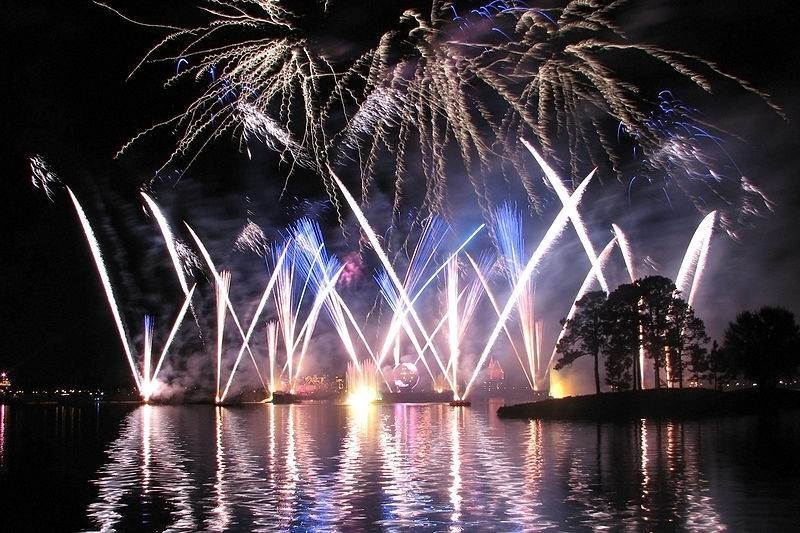As the year comes to an end, the mood on the streets outside changes. Garbage cans are closed off, and you can hear bangs and sudden noises in the air. Though it is technically forbidden to set off fireworks until December 31st, you can see the smoke hanging the air. But all of this importunity is nothing to the view on the first day of the year. The sky is hazy, and the streets are red with debris and litter. And this situation happens year after year, and while I hear scandalized outbursts over the economical waste of this celebration, I have only recently started to hear questions about the ecological costs. However, I can’t imagine that the environment can simply deal with over 60 million euros of waste, every year [1].
As it turns out, I am not the only person who wondered about this, and the Quest, a science magazine has answered the question of someone who wondered how environmentally unfriendly our new year is. The magazine starts out reassuring everyone that our yearly festivities are not that dangerous. They argue that the yearly nature of this celebration means that the land has the rest of the year to recover from this one day of excess[2].
Then immediately after that they explain about the consequences of this single day, about the high amounts of small particles in the air (up to 40 times more than normal!), and other released dangerous chemicals, such as barium, antimony and strontium, which endanger our health. But apparently, since the largest percentage of these chemicals is not released through fireworks, but through the year-round industrial processes, we shouldn’t worry about fireworks too much. All these numbers seemed alarming to me, but the Quest didn’t seem to worry overly much about the danger to human health.
But that ‘human life and health’ aspect takes a very narrow view of ‘sustainability’, as humans are in no way the only living things of this planet, and indeed there are other consequences to fireworks. Namely, the copper. Copper is an important component of all these pyrotechnic inventions, and is consequently released into the surface water during the new year. While copper might not be that dangerous to us, it is poisonous to all the animals who live in and from the water. From all the copper in the surface water, apparently over eleven percent comes from fireworks, from just this one single day of the year [2]. That is an enormous amount, and knowing this, no one could possibly say that fireworks are in any way environmentally neutral. The ecological damage is profound, however this isn’t something people like to think about, and so we ignore it, or phrase it in innocent ways, so as to minimize our guilt in this pollution.
But in the current times I am fortunately not the only person who thinks that our planet is more important than this temporary collection of sparkles. I am happy to hear that more cities are installing firework free zones [3]. Hopefully, soon personally setting off fireworks will be just as socially frowned upon as smoking. And if you think the New Year requires sparkles, there will always be professional firework shows.
[1] Algemeen Dagblad. (2013). Nederlanders steken voor 67 miljoen euro aan vuurwerk af Retrieved December 20th, 2015, from http://www.ad.nl/ad/nl/15008/Jaarwisseling/article/detail/3570217/2013/12/31/Nederlanders-steken-voor-67-miljoen-euro-aan-vuurwerk-af.dhtml
[2] Quest. (2015). Hoe milieuonvriendelijk is het vuurwerk van Oud en Nieuw? Quest braintainment, 143.
[3] NU.nl. (2013). Gemeenten stellen vuurwerkvrije gebieden in Retrieved December 20th, 2015, from http://www.nu.nl/binnenland/3663492/gemeenten-stellen-vuurwerkvrije-gebieden-in.html
[Image] Rentfx Hans Bakker. (2011). Vuurwerkshow vragen. Retrieved December 20th, 2015, from http://www.rentfx.nl/product_info.php?cPath=116&products_id=459
